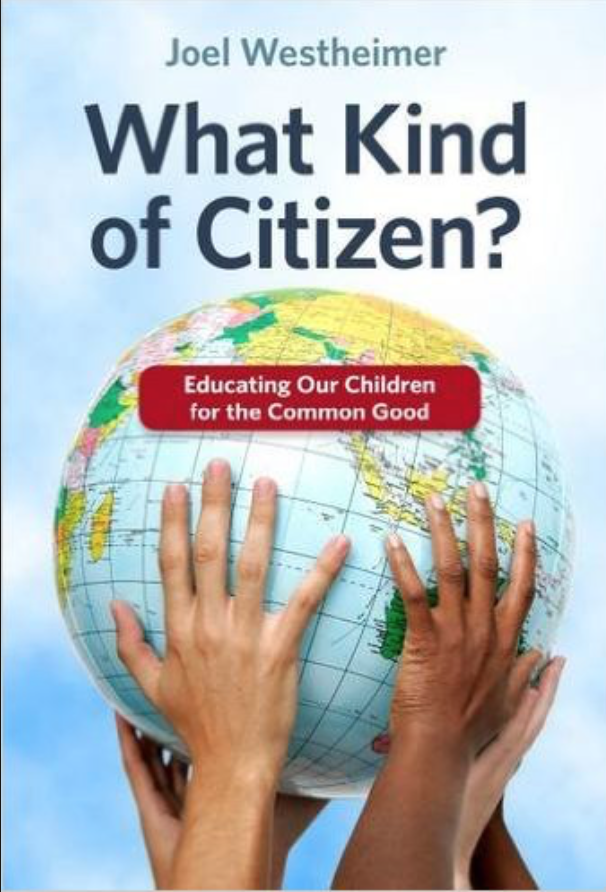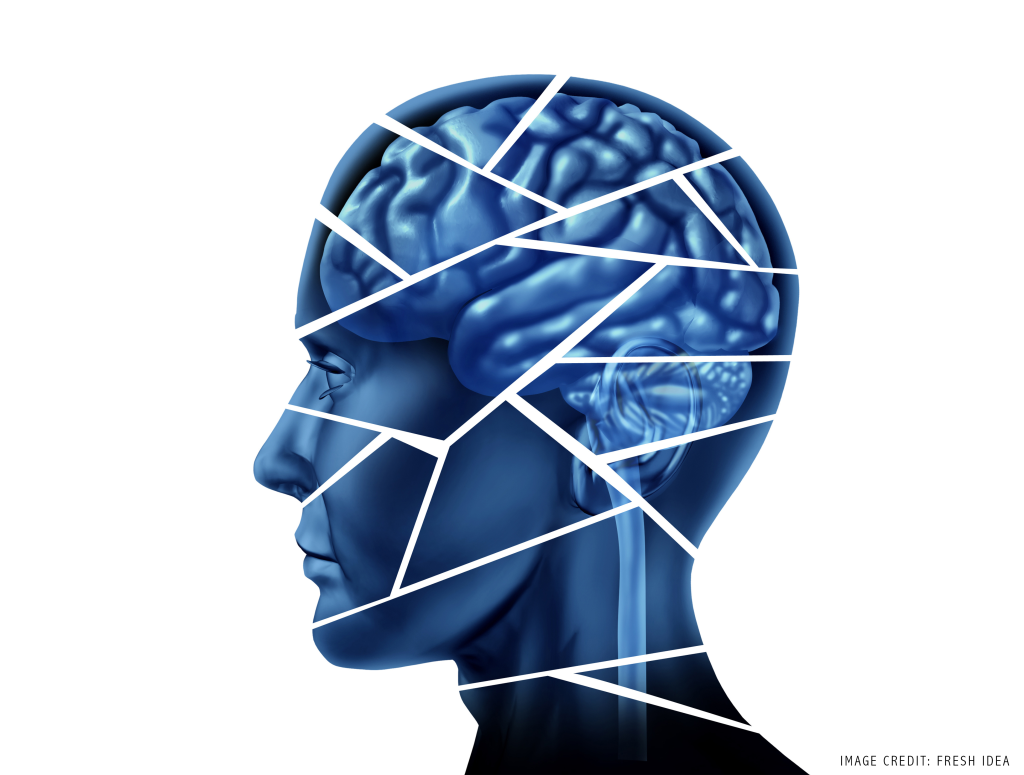Intuitively, the idea of “growing” sounds great.
It’s become synonymous with making something bigger, better, or more mature. We’re inundated with messages to grow our wealth, grow our networks, grow our following;it was just a matter of time before people started promoting strategies to grow our brains, too.
But before we start loading up on smart pills and brain games, we have to ask: Can we really grow our brains? And more importantly, why would we want to?
One reason may be that we feel empowered by the potential to make a lasting physical mark on our brains through our beliefs, behaviors, and experiences. By thinking that we’ve changed our neural architecture, we may feel like our effort has been more meaningful or real. (This article from the Greater Good Institute makes this argument explicitly.)
However, the “you can grow your brain” slogan hugely oversimplifies what we know about brain development and learning. Although it is based in truth, the brain actually changes in ways that are more subtle and fascinating than sheer growth.
What does the slogan “You can grow your brain” ultimately get right, and where does it miss the mark?
What it gets right: The brain is plastic
The brain is remarkably flexible and continues to change in response to the environment throughout the lifespan.
Because networks in the brain generally become more specialized with age,1 the brain has the greatest neuroplasticity, or ability to change, in childhood.2 The brain is so flexible that people who have half of their brains removed (hemispherectomy) in childhood as treatment for severe epilepsy can, in many cases, go on to live fairly normal lives. (Check out this work on two fascinating case studies!)
One mechanism for neuroplasticity in adulthood is the birth of new neurons, called neurogenesis, in a part of the hippocampus. Though neurogenesis was once thought to be impossible past childhood, scientists now generally agree that these new neurons give brains a chance to become more fine-tuned to the environment throughout our entire lives.3 However, some research challenges the notion that there are enough new brain cells to explain changes in how adults think and behave.4
A well-known study demonstrating neuroplasticity in adults found that, compared to people in other occupations, on average London taxicab drivers had bigger posterior (closer to the back of the head) hippocampi.5 Here, volume is thought to be a proxy for the number of cells. The posterior hippocampus is associated with spatial navigation, and London taxicab drivers exercise this skill extensively, typically spending years learning the city streets before taking a challenging examination. On average, the longer people had spent as taxi drivers, the bigger their posterior hippocampi.
However, this particular study didn’t establish that more taxi driving experience causes brain growth—it was only correlational. Another plausible explanation of the findings is that people who choose to become taxi drivers and stay in the job for the long run have bigger posterior hippocampi and superior spatial navigation.
What it gets wrong: Bigger isn’t always the goal
What’s often overlooked about the London taxicab driver study is that, relative to the control group, the taxicab drivers actually had smaller anterior hippocampal volume (the part of the hippocampus closest to the front of the head).5 The idea that taxicab drivers sprouted a bigger overall hippocampus through practice isn’t quite right.
One fuller possible explanation of the findings is that hippocampus was re-organized with greater specialization for spatial navigation. Although this finding still demonstrates neuroplasticity, simplifying the story to “the brain grew!” paints an incomplete picture of brain development… and its goals.
In the broad scheme of things, is a bigger brain a better brain?
Bigger brains relative to body size have been correlated with more intelligent species, and among humans overall brain size is moderately correlated with IQ.6 However, this pattern is weak enough that you can’t necessarily tell any individual’s intelligence from their overall brain size. Albert Einstein, for instance, was known to have a pretty average-sized brain!
The answer also depends on the part of the brain in question. Life circumstances associated with early neglect such as being raised in an orphanage7 or having a mother with depressive symptoms8 are associated with larger amygdala volume. The amygdala is a part of the brain thought to be critical for processing fear, and in the orphanage study, greater amygdala volume was correlated with symptoms of anxiety and depression.7
Sheer growth simply isn’t a good way to describe the developing brain. The cortex thins out over the course of typical development into adulthood, and how fast it thins is correlated with intelligence.9 The cortex is the outermost layer of the brain, and is crucial for cognitive functions like language, memory, and consciousness. Cortical grey matter volume, which is made of the bodies of brain cells, peaks in childhood and decreases in adolescence to a stable point in the 20s.10 On the other hand, white matter increases steadily during adolescence.11 White matter is named for the fatty “blankets” around neural fibers that improve the efficiency of their communication.*
Finally, there may important reasons as to why the brain loses brain cells, drops certain neural connections, and becomes less flexible. Important messages may be more effective with fewer competing signals, and excessive neurogenesis could make the brain a noisier, less efficient system.
The developing brain becomes more refined
A more sophisticated way to think about brain development emphasizes refinement over growth. As my colleague Kate Mills has written previously, when it comes to brains, more connections aren’t necessarily better. It may be important that some connections are lost so that others are strengthened.
Which connections are strengthened are likely influenced by experience. Here are a few other ways that the brain changes that paint a more sophisticated picture than sheer growth—and this list is far from complete!
- Improving connections between brain regions (myelination): Laying down myelin makes connections between different neural regions more efficient, which means communication between cells can happen faster. One white matter tract (a.k.a. a group of myelinated neural fibers) called the arcuate fasciculus connects regions of the brain involved in language, and the myelin content in a part of this tract is associated with better word learning.12 Learning to read, even as an adult, is associated with changes in the arcuate fasciculus.13
- Changing the structure of brain cells (dendritic spine density and arborization): Dendrites are a part of brain cells that primarily receive messages from other neurons at small protrusions called spines. Increases in the density of spines and the complexity in their organization (akin to a tree with more complex branching) have been found in adult primates after spending a month in a more complex/“enriched” environment.14In this sense, growing is important – it’s just about highly organized growthon a really tiny scale, rather than overall brain
- Changing how neurons’ genes are read (epigenetics): Epigenetics involves changes related to how DNA is read, rather than changes to the genome itself. If each cell’s DNA is a book, epigenetics is like going through and highlighting or blacking out certain lines without changing the underlying text. Though merely “surface” changes, epigenetics may explain one way that early parental neglect harms children in the long run. Glucocorticoid receptors are important proteins that, in the hippocampus, are thought to help the body regulate its stress response. In rats, poorer maternal care has been linked to more genes for this protein being set to “off,” leading to a distorted stress response.15 And there’s evidence that a similar chain of events may occur in humans who have experienced child abuse.16
The bottom line
The idea that you can grow your brain is catchy and persistent. Pop culture is filled with the smartest characters having “big brains”, sometimes literally. However, I’ve argued here that it’s not the best or even the most interesting way to describe how the brain changes with experience or development.
In most cases, when we talk about growing the brain, we actually have other goals in mind, such as becoming better learners or maintaining healthy cognitive functioning in aging. Clarifying these goals and using strategies to reach them will change the brain along the way, but growing the brain isn’t typically a goal unto itself.
On the other hand, is it harmful to think about “growing your brain” if it’s something that your or your students find motivating? In my next post, I’ll explore this by taking a critical look at how the idea that you can grow your brain has been used in pop psychology and neuroscience, such as in growth mindset.
References & Further Reading
- Dosenbach, N. U. F., Nardos, B., Cohen, A. L., Fair, D.A., Power, D., Church, J.A, … Schlaggar, B. L. (2011). Prediction of Individual Brain Maturity Using fMRI. Science, 329(5997), 1358–1361. [Paper]
- Center on the Developing Child at Harvard University (2016). From Best Practices to Breakthrough Impacts: A Science-Based Approach to Building a More Promising Future for Young Children and Families. [Link]
- Opendak, M., & Gould, E. (2015). Adult neurogenesis: a substrate for experience-dependent change.Trends in Cognitive Sciences,19(3), 151–161. [Paper]
- (2016). The Myth of Human Adult Neurogenesis? [Blog]
- Maguire, E. A., Gadian, D. G., Johnsrude, I. S., Good, C. D., Ashburner, J., Frackowiak, R. S. J., & Frith, C. D. (2000). Navigation-related structural change in the hippocampi of taxi drivers, 97(8). [Paper]
- McDaniel, M. A. (2005). Big-brained people are smarter: A meta-analysis of the relationship between in vivo brain volume and intelligence.Intelligence, 33(4), 337–346. [Paper]
- Tottenham, N., Hare, T. A., Quinn, B. T., McCarry, T. W., Nurse, M., Gilhooly, T., … Casey, B. J. (2010). Prolonged institutional rearing is associated with atypically large amygdala volume and difficulties in emotion regulation.Developmental Science, 13(1), 46–61. [Paper]
- Lupien, S. J., Parent, S., Evans, A. C., Tremblay, R. E., Zelazo, P. D., Corbo, V., … Séguin, J. R. (2011). Larger amygdala but no change in hippocampal volume in 10-year-old children exposed to maternal depressive symptomatology since birth.Proceedings of the National Academy of Sciences, 108(34), 14324–14329. [Paper]
- Shaw, P., Greenstein, D., Lerch, J., Clasen, L., Lenroot, R., Gogtay, N., … Giedd, J. (2006). Intellectual ability and cortical development in children and adolescents.Nature, 440(7084), 676–679. [Paper]
- Huttenlocher, P. R., & Dabholkar, A. S. (1997). Regional differences in synaptogenesis in human cerebral cortex.The Journal of Comparative Neurology,387(2), 167–178. [Paper]
- Mills, K. L., & Tamnes, C. K. (2014). Methods and considerations for longitudinal structural brain imaging analysis across development.Developmental Cognitive Neuroscience,9, 172–190. [Paper]
- López-Barroso, D., Catani, M., Ripollés, P., Dell’Acqua, F., Rodríguez-Fornells, A., & Diego-Balaguer, R. de. (2013). Word learning is mediated by the left arcuate fasciculus.Proceedings of the National Academy of Sciences,110(32), 13168–13173. [Paper]
- Schotten, M. T. de, Cohen, L., Amemiya, E., Braga, L. W., & Dehaene, S. (2014). Learning to Read Improves the Structure of the Arcuate Fasciculus.Cerebral Cortex,24(4), 989–995. [Paper]
- Kozorovitskiy, Y., Gross, C. G., Kopil, C., Battaglia, L., McBreen, M., Stranahan, A. M., & Gould, E. (2005). Experience Induces Structural and Biochemical Changes in the Adult Primate Brain.Proceedings of the National Academy of Sciences of the United States of America,102(48), 17478–17482. [Paper]
- Weaver, I.C.G., Cervoni, N., Champagne, F. A., D’Alessio, A. C., Sharma, S., Seckl, J. R., Dymov, G., Szyf, M., Meaney, M. J. (2004). Epigenetic programming by maternal behavior.Nature Neuroscience,7(8), 847–854. [Paper]
- McGowan, P. O., Sasaki, A., D’Alessio, A. C., Dymov, S., Labonte, B., Szyf, M., … Meaney, M. J. (2009). Epigenetic regulation of the glucocorticoid receptor in human brain associates with childhood abuse.Nature Neuroscience,12(3), 342+. [Paper]
- Immordino-Yang, M. H. (2007). A Tale of Two Cases: Lessons for Education From the Study of Two Boys Living With Half Their Brains. Mind, Brain, and Education, 1(2), 66–83. [Paper]
- Blakemore, S.J., Frith, U. (2005).The Learning Brain: Lessons for Education. Wiley-Blackwell. [Link]
- Horowitz, A. (2013). Why Brain Size Doesn’t Correlate with Intelligence. Smithsonian Magazine. [Link]
* Some information here is presented in more detail in other Learning & the Brain posts






 our idealized society because they allow us to mold young people to bring about positive societal change. As such, we need to make careful choices about what and how we teach students. Dr. Joel Westheimer, University of Ottawa Research Chair in Democracy and Education, advances these ideas in What Kind of Citizen?: Educating Our Children for the Common Good.
our idealized society because they allow us to mold young people to bring about positive societal change. As such, we need to make careful choices about what and how we teach students. Dr. Joel Westheimer, University of Ottawa Research Chair in Democracy and Education, advances these ideas in What Kind of Citizen?: Educating Our Children for the Common Good.




